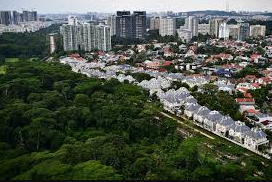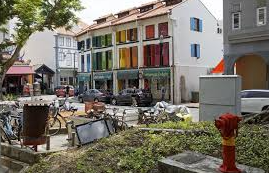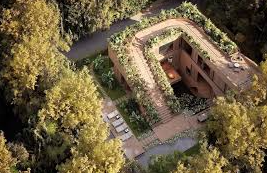Balancing Housing Needs with Environmental Conservation
Earlier this year, a strong public outcry led to the decision to retain the western half of Dover Forest, which was previously earmarked for residential development. This forested land, spanning 33 hectares, holds ecological significance, home to numerous species of flora and fauna, some of which are threatened.
Historically used for rubber plantations, fruit orchards, and kampungs, the area was abandoned in the 1980s and has been planned for development since 2003 as part of the Ulu Pandan estate. However, following an Environmental Baseline Study (EBS), concerns arose due to the discovery of 120 plant species, including significant trees, and 158 species of birds, mammals, and other wildlife.
In response, the Nature Society Singapore (NSS) and local residents advocated for a review of the plan, urging authorities to consider brownfield sites nearby to meet housing needs instead of clearing forested land. A public consultation was extended until March 2021 to gather further feedback.
As a result of these discussions, the western half of Dover Forest will remain intact, while residential development will proceed on the eastern side, with new flats expected to launch from 2022. This decision aims to strike a balance between the need for housing and environmental preservation.








